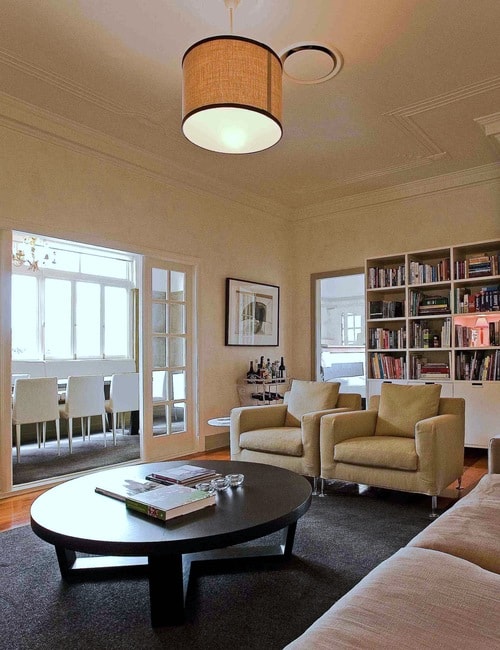The Science of Interior Design: Why Great Spaces Make You Feel Calm and Energised
Have you ever walked into a room and instantly felt relaxed or the opposite, unsettled? That’s not a coincidence. It’s the science of interior design at work. The way a space is planned, lit, and furnished directly affects how we think, feel, and behave.
As an interior designer, I’ve seen how subtle changes in proportion, tone, and texture can completely transform energy. Design isn’t only about how a room looks it’s about how it makes you feel. The best spaces achieve a balance that supports calm, focus, and joy in daily life.
The Psychology Behind Beautiful Spaces
Our surroundings influence our nervous system. When a room feels cluttered or poorly lit, our stress levels rise. When design elements align symmetry, flow, and natural light the brain interprets harmony, and the body responds with ease.
The science of interior design blends aesthetics with human psychology. Soft edges, natural textures, and balanced proportions trigger a sense of safety and comfort. Colours affect mood too; blues and greens calm the mind, while warm neutrals create a grounded, welcoming feel.
This is why I begin every project by asking clients how they want their home to make them feel. That emotional goal becomes the anchor for all design decisions from furniture scale to finishes and lighting.
(See also Interior Design Services).
The Role of Light, Space, and Flow
Light is one of the most powerful tools in design. Natural light lifts energy and promotes wellbeing, while layered artificial lighting allows a room to shift seamlessly from lively to tranquil.
Equally important is flow how you move through a space. Poor layout interrupts that rhythm, creating friction. Good design, on the other hand, guides the eye effortlessly from one area to the next. Whether I’m working on a Gold Coast apartment or a Brisbane home, I always consider how light and layout interact to support daily life.
Through trusted trade relationships, clients also benefit from access to well-crafted furnishings sourced from leading suppliers. I often pass on a portion of trade discounts to offset professional fees ensuring you receive quality and value without compromising design integrity.
(Learn more about Furniture Selection & Trade Discounts).
Texture and Touch: The Sensory Dimension
Great design is tactile. The weight of a linen curtain, the warmth of timber underfoot, or the softness of a textured rug all signal comfort to the body. These small, sensory cues help a home feel restorative not just impressive.
When textures are layered thoughtfully, the result is a space that quietly supports wellbeing. Every surface has a role to play in how calm and connected you feel within your environment.
(Explore Soft Furnishings & Styling).
Why Great Design Feels Effortless
When the psychological and aesthetic elements align, a home begins to flow. You don’t consciously notice what’s working, you simply feel comfortable, calm, and energised. That’s what I strive to achieve for every client: spaces that make life smoother, lighter, and more enjoyable.
Good design is invisible; it's the quiet harmony that shapes how we feel day to day.
Experience the Difference of Thoughtful Design
If your home feels visually appealing but emotionally flat, it might be missing that hidden layer of connection and flow. Let’s explore how the science of interior design can transform your space not just in appearance, but in how it makes you feel.
Book a Consultation today and discover how calm, balanced design can elevate your everyday life.




